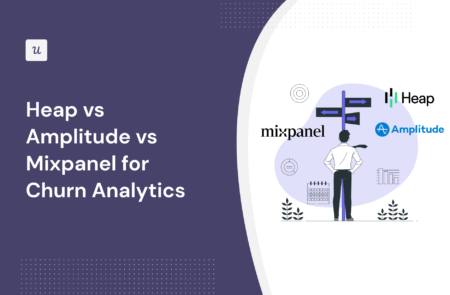December 10, 2023
1 min read
Heap-vs-Amplitude-vs-Mixpanel-for-Churn-Analytics
Heap vs Amplitude vs Mixpanel for Churn Analytics

